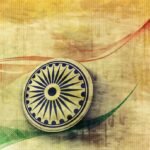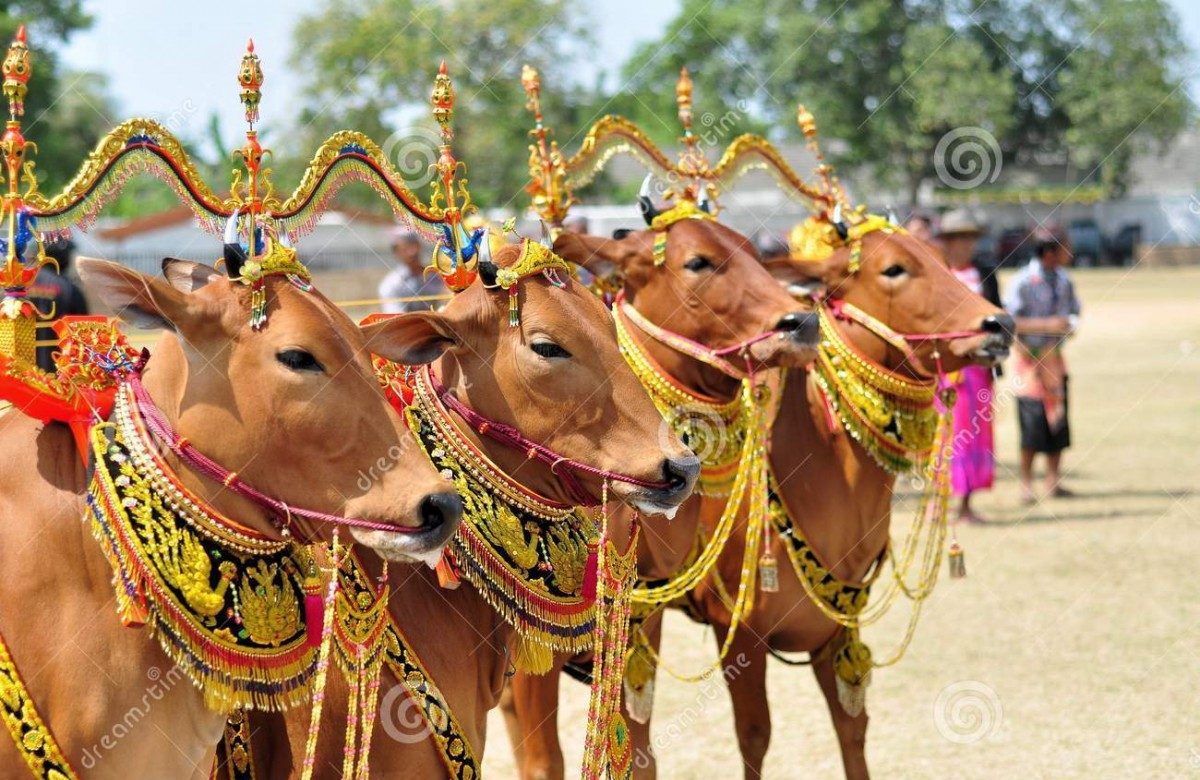Indian culture is full of festivals and Bail Pola is one of them. This festival is celebrated by farmers who worship and express their gratitude to the bull as they help them drive their ploughs to sow seeds and mix the soil to make it ready for farming.
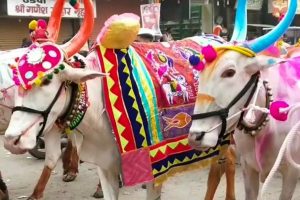
The cow is considered a sacred animal and is worshipped in the Hindu religion. The states of Maharashtra, Chhattisgarh, Madhya Pradesh, Telangana, and Karnataka celebrate the festival called Bail Pola. Whereas, in states like Madhya Pradesh and Chhattisgarh, the day is also celebrated as Pola Amavasya.
The Hindu God and Goddesses are accompanied by animals like a bull named Nandi to Lord Shiva, the Cow to Lord Krishna. This day is celebrated by the farmers of Maharashtra to pay importance to the cows and bullocks named Bail Pola, meaning Bullock Pola.
This day falls on Kushopatini Amavasya, on the full moon day of the month of Shravana. So, these farmers from the Vidarbha region decorate and worship bulls on the day.
Significance of Bail Pola festival:
On this day, the demon Polasur was killed by Lord Krishna when he was a child. And this day is dedicated to paying respect to animals and children.
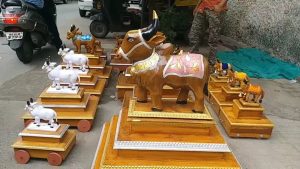
Celebration of Bail Pola festival:
This day is celebrated by giving thanks to the bulls and oxen for their contribution to agricultural and farming activities.
Rituals of Bail Pola festival:
The bulls are given a bath from horns to tails with colored horns, ropes changed with new bells tied to their necks.
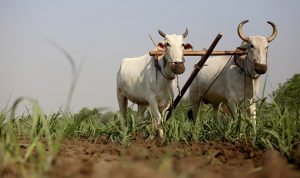
Turmeric paste and oil is applied on the body of the cow, ox, and bullocks. Moreover, their bodies are decorated with beautiful ornaments a day in advance. The farmers, bulls, and oxen rest on this day, while women decorate their houses with rangoli. Along with that they tie decorative threads at their entrance and worship the animals.
Women also cook delicious food and the family members take the blessing of the bulls and oxen by touching their feet. Ploughing and sowing take place after the festival is completed.






